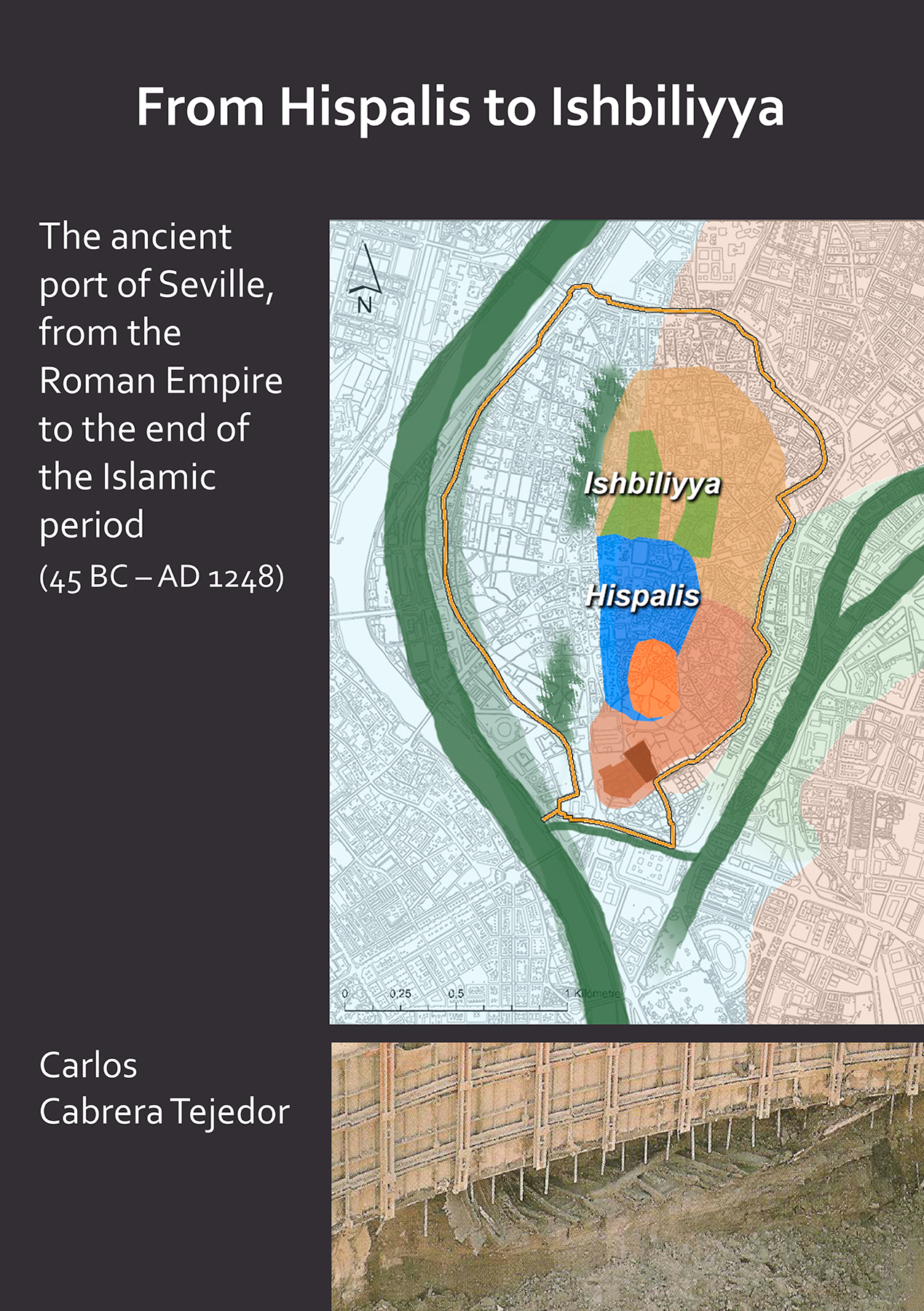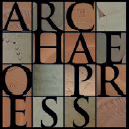
Publishing Scholarly Archaeology since 1997

Download Sample PDF
H 290 x W 205 mm
242 pages
170 figures, 5 tables (92 plates in colour)
Published Oct 2019
ISBN
Paperback: 9781789690583
Digital: 9781789690590
Keywords
Seville; Port of Seville; maritime cultural landscape; port studies; Roman Spain; Hispalis; Late Antiquity; Byzantine Spain; Islamic Spain; al-Andalus; Isbiliyya; Almohad Empire; Islamic shipsheds
From Hispalis to Ishbiliyya: The Ancient Port of Seville, from the Roman Empire to the End of the Islamic Period (45 BC - AD 1248)
Edited by Carlos Cabrera Tejedor
Paperback
£45.00
Includes PDF
PDF eBook
(personal use)
£16.00
PDF eBook
(institutional use)
£45.00
This monograph focuses on the history and development of the topography, layout, and facilities of the ancient port of Seville, located in the lower Guadalquivir River Basin, between the 1st century BC and the 13th century AD. Until now, despite its commercial importance, little has been known about the port’s exact position, layout and facilities.
Contents
About the Author
Carlos Cabrera Tejedor is a maritime archaeologist with a diverse and multi-disciplinary background and an interest in shipbuilding and ports. He started as a conservator, completing two bachelor’s degrees, one in Fine Arts Restoration and the other in Archaeological Conservation. He also completed a Master of Arts degree in Nautical Archaeology from Texas A&M University, worked as a project director and research associate at the Institute of Nautical Archaeology (INA), and a received a DPhil in Archaeology at the University of Oxford. Regarding the study of ancient ships, Dr Cabrera conducted the study of the Mazarrón 1 shipwreck, a 7th century BC Phoenician boat excavated in Spain that constitutes the only known example of hull-remains from that century. He also completed a post-doctoral research study, at the University of Oxford, on the hull of Ship 11, a 5th – 4th century BC ritual vessel excavated in the Grand Canal of Thonis-Heracleion (Egypt) associated with the Mysteries of Osiris and his Temple. Included among Dr Cabrera’s on-going international collaborations is a project with the Soprintendenza Archeologia, Belle Arte e Paesaggio per le Province di Pisa, where he is responsible for studying and publishing the naval architecture of a number of Roman vessels excavated at the Pisa-San Rossore train station, Pisa (Italy).Reviews
‘This work is relevant for understanding not only the evolution of the city of Seville and its maritime role and infrastructures, but also is a magnificent example of an approach to the study of ports from a multidisciplinary collaboration. This book clearly shows the complexity of port-site studies, and so highlights the need to expand these types of work to other port sites of equal relevance along the western Mediterranean with such a maritime cultural landscape approach.’ – Enrique Aragon (2021): International Journal of Nautical Archaeology, DOI: 10.1080/10572414.2021.1942728
‘However, given the range of sources, approaches, and types of evidence mustered to build this study, From Hispalis to Ishbiliyya seems certain to become a standard point of reference for future studies of ancient and Medieval Seville—both the port and the city as a whole.’ – Daniel Osland (2020): Bryn Mawr Classical Review

 Add to wishlist
Add to wishlist
